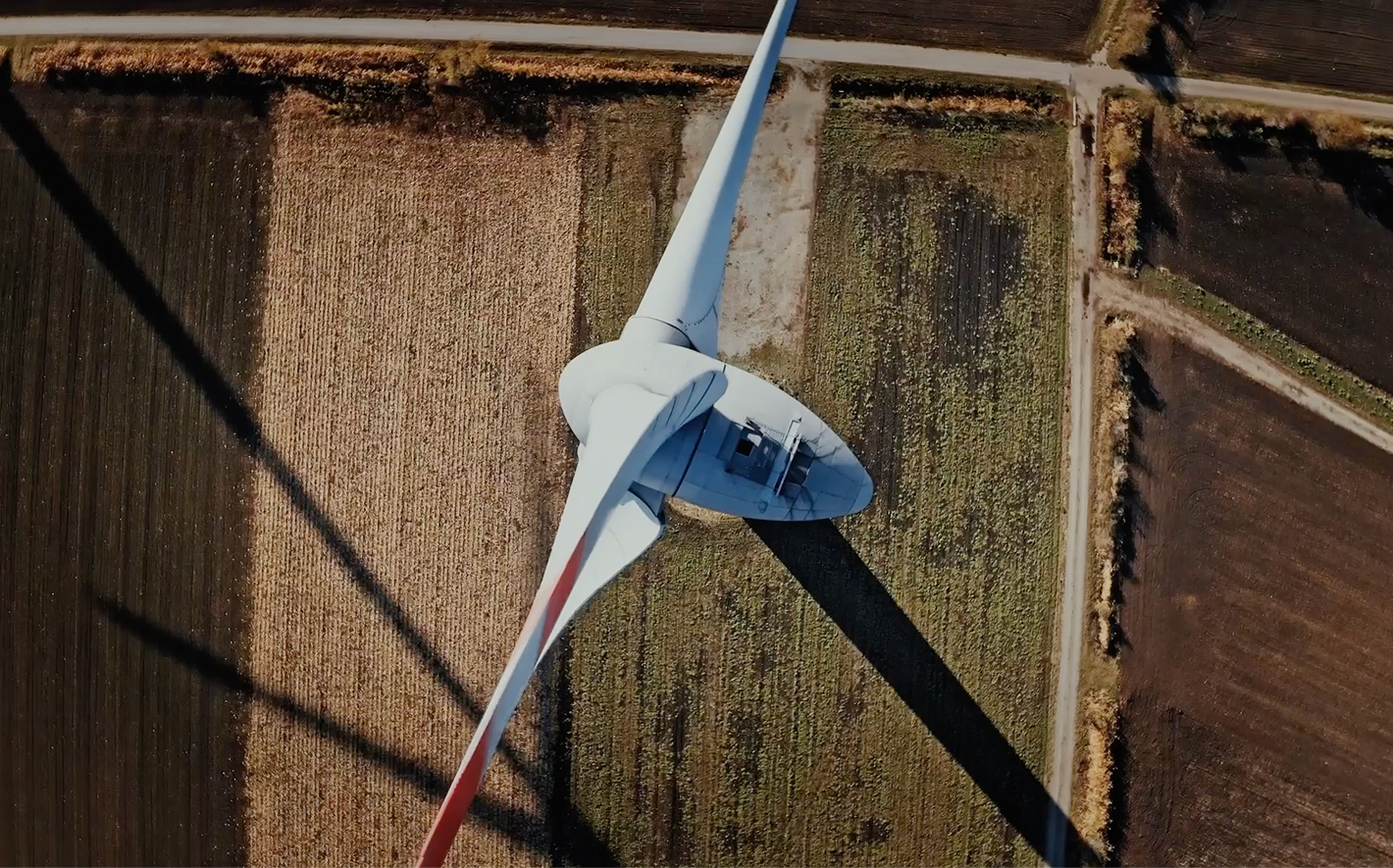Microbes as Miners: How MICP is Transforming Bioremediation
What if the solution to stabilizing soils, cleaning up contamination, and even supporting more sustainable industries came not from heavy machinery, but from the microbes already living in the ground? That’s the promise of Microbiologically Induced Calcite Precipitation (MICP), a natural process where certain microbes act as tiny masons, binding soils together with a kind of biological cement. It’s just one example of how biological tools are reshaping the way we think about soil health, environmental repair, and the future of remediation.
In the modern highly industrialized world, contamination is threatening environmental and human health on multiple fronts. Heavy metals such as lead, arsenic, and cadmium are well-known for their ability to accumulate in soils and move through the food chain, where they can harm neurological, cardiovascular, and developmental health (Jaishankar, 2014). These pollutants are costly to remove and damaging to ecosystems even at very low concentrations. The challenge is that conventional remediation methods can be disruptive, expensive, and not always effective in the long term. This is why researchers and companies are increasingly turning to biological analysis and tools, because the living world beneath our feet may hold the answers to problems that chemistry and engineering alone have not solved.
The Rise of Biological Tools in Soil Science
Soil isn’t just dirt, it’s a living, breathing ecosystem teeming with microbial life. By studying its biological activity, we can unlock incredible insights into how soils function and respond to stress. Biological analysis can reveal which microbes dominate a soil and how active they are, giving us a window into the invisible life that supports soil processes. It can also help us understand how soils cycle nutrients, carbon, and water, which in turn influences everything from crop growth to carbon storage. Just as importantly, biological data shows us where soils have resilience, and where they may be vulnerable when faced with pressures such as pollution, drought, or heavy land use.
These insights don’t just matter for agriculture. Increasingly, they are being used in environmental management and remediation projects, where understanding the soil’s biology helps us design solutions that work with natural systems rather than against them.
What is Microbiologically Induced Calcite Precipitation?
MICP is a standout example of a biology-powered tool that demonstrates the potential of soil microbes in action. Here’s how it works. Certain bacteria produce enzymes that trigger the formation of calcite (CaCO₃), a naturally occurring mineral. Over time, these calcite crystals grow within the tiny pore spaces of the soil, creating natural bridges that lock particles together and reduce the soil’s permeability. The effect is that the soil becomes stronger and less porous almost as if the microbes have poured a living form of concrete into the ground.
What makes this so exciting is that it’s not an imposed, top-down intervention. Instead, it’s biology working at the micro-scale, producing physical changes to the soil that are measurable and, with the right analysis, predictable.
How Microbiologically Induced Calcite Precipitation Can Be Leveraged
Because it operates at the intersection of biology and geology, MICP is finding applications across a variety of sectors. In some cases, it is being used to stabilize weak soils, where the microbial “cementing” effect strengthens the ground and reduces erosion risk. In other settings, MICP is being harnessed to protect groundwater by reducing the flow of contaminants through porous soils. One particularly promising application is in the immobilization of heavy metals (Zhang et al., 2023). The calcite formed by microbes can effectively trap or coat harmful elements like lead or arsenic, reducing their ability to move through the environment. Researchers are also exploring how MICP contributes to carbon management, since the calcite crystals lock away carbon in mineral form, offering potential climate benefits (Fang & Achal, 2024). And yes, even in mining remediation, there is potential. By strengthening loose tailings and reducing the mobility of toxic metals, MICP could offer the mining industry a way to manage waste in a way that is safer, more stable, and more sustainable (Proudfoot et al., 2022)
The Other Side: Potential Drawbacks
As promising as MICP is, it is not without its challenges. One of the biggest hurdles is scaling up. What works in a controlled laboratory setting does not always translate smoothly to large and complex real-world sites. Another difficulty lies in achieving uniformity. It is not easy to ensure that microbes produce calcite evenly across an entire treatment area, especially in soils with variable conditions. Some methods of MICP, such as those that rely on urea hydrolysis, can also create unwanted side effects. For example, the release of ammonia, which can be an environmental pollutant and alter soil pH. Finally, MICP is highly site-specific. The microbial strains that perform well in one soil or climate may not survive or function as effectively in another.
Acknowledging these drawbacks is important, because it highlights why ongoing research, careful biological analysis, and pilot testing are essential. With the right tools and monitoring in place, these challenges can be managed, turning MICP into a practical and responsible solution.
Why Biological Analysis Matters
This is where biological analysis makes all the difference. Without measuring and monitoring soil biology, MICP is simply an interesting concept. With the right analytical tools, however, we can identify which microbial communities are present in each soil, track how active they are during calcite precipitation, and monitor how soil health evolves after treatment. This information allows us to design MICP applications that are not only more effective, but also more sustainable and tailored to the unique conditions of each site. In other words, biological analysis turns MICP from a fascinating natural process into a precision tool for remediation and soil management.
Looking Ahead
Microbes have been shaping our planet for billions of years, long before humans ever thought about soil health. Now, with tools like MICP, we are beginning to work alongside them to solve today’s environmental challenges. Whether the goal is stabilizing soils, protecting groundwater, or cleaning up industrial legacies, biology is opening doors that chemistry and engineering alone cannot. The future of remediation isn’t just technological, it’s biological. And sometimes, the smallest organisms can drive the biggest changes.
Keywords:
Microbiologically Induced Calcite Precipitation (MICP), soil biology, soil stabilization, heavy metal immobilization, calcite precipitation, sustainable remediation, groundwater protection, biological analysis, nature-based solutions.
References
Fang, L. & Achal, V., 2024. Recent advances in microbially induced carbonate precipitation for heavy metal remediation. Available at: https://www.sciencedirect.com/science/article/pii/S2949929124000159.
Proudfoot, D., et al., 2022. Investigating the potential for microbially induced carbonate precipitation to treat mine waste. Available at: https://www.sciencedirect.com/science/article/abs/pii/S0304389421024584.
Zhang, W., Zhang, H., Xu, R., Qin, H., Liu, H. & Zhao, K., 2023. Heavy metal bioremediation using microbially induced carbonate precipitation: key factors and enhancement strategies. Frontiers in Microbiology, 14. Available at: https://www.frontiersin.org/journals/microbiology/articles/10.3389/fmicb.2023.1116970/full.
Jaishankar, M., Tseten, T., Anbalagan, N., Mathew, B.B. & Beeregowda, K.N., 2014. Toxicity, mechanism and health effects of some heavy metals. Interdisciplinary Toxicology, 7(2), pp.60–72. Available at: https://www.ncbi.nlm.nih.gov/pmc/articles/PMC4427717/.


.svg)
.svg)



